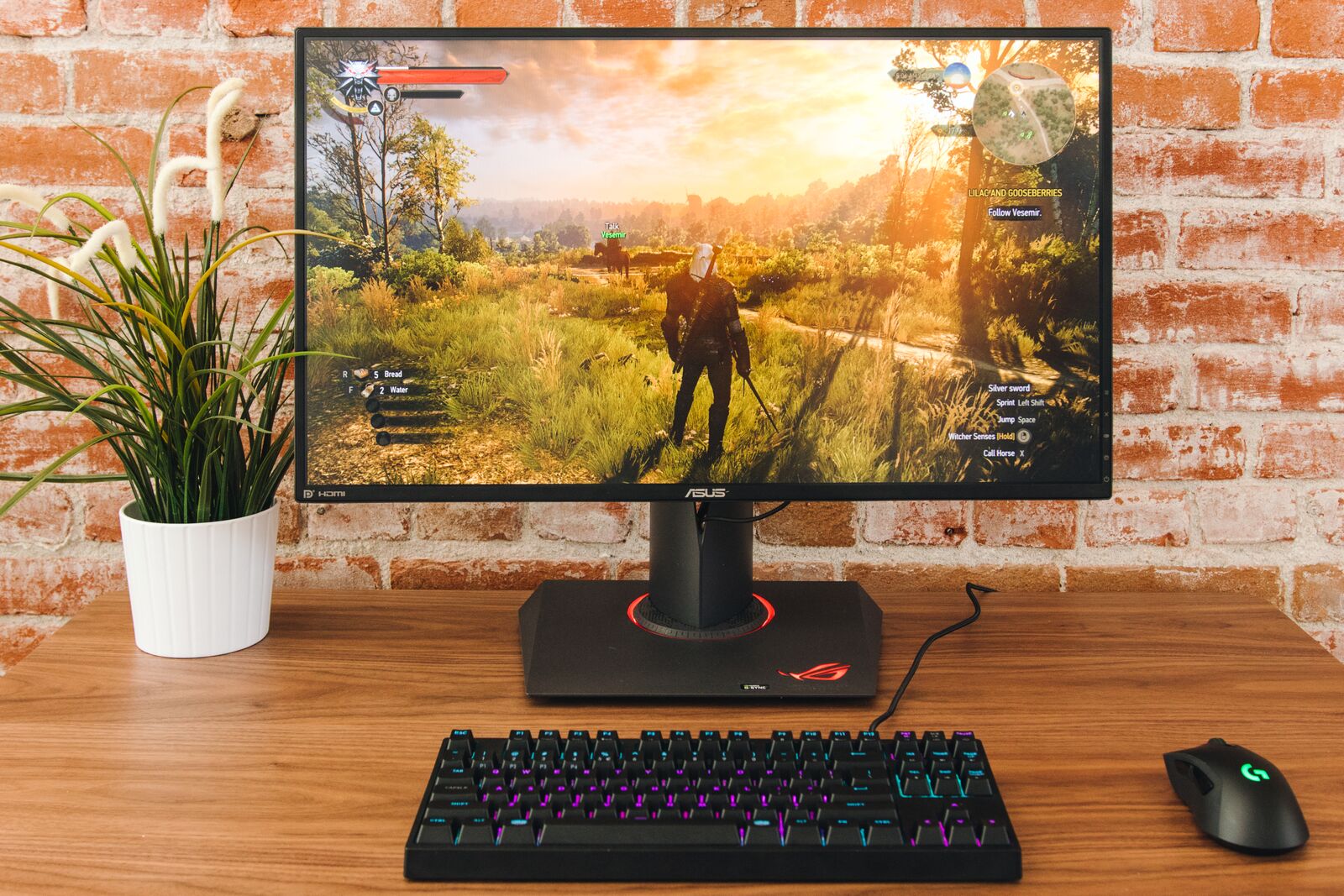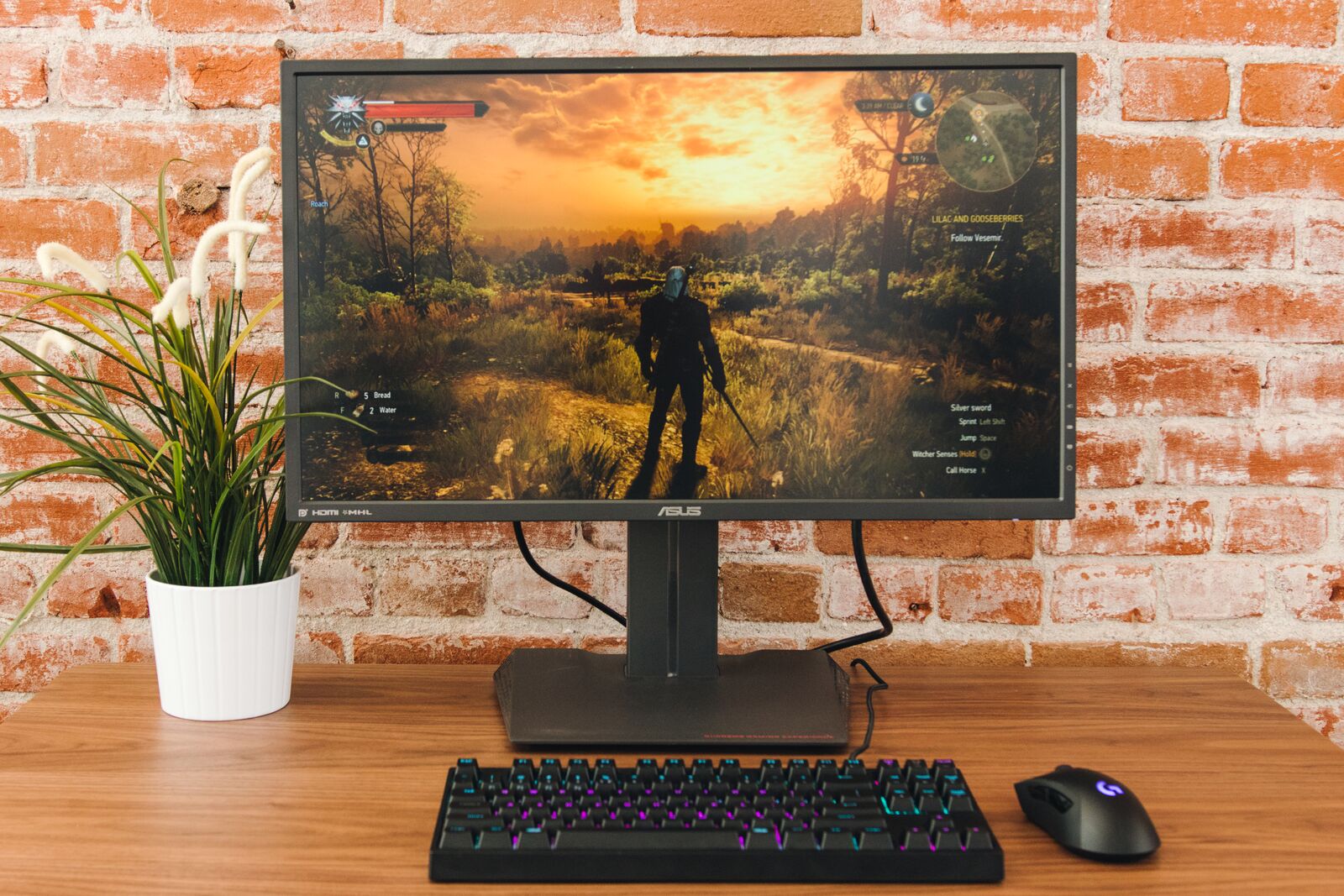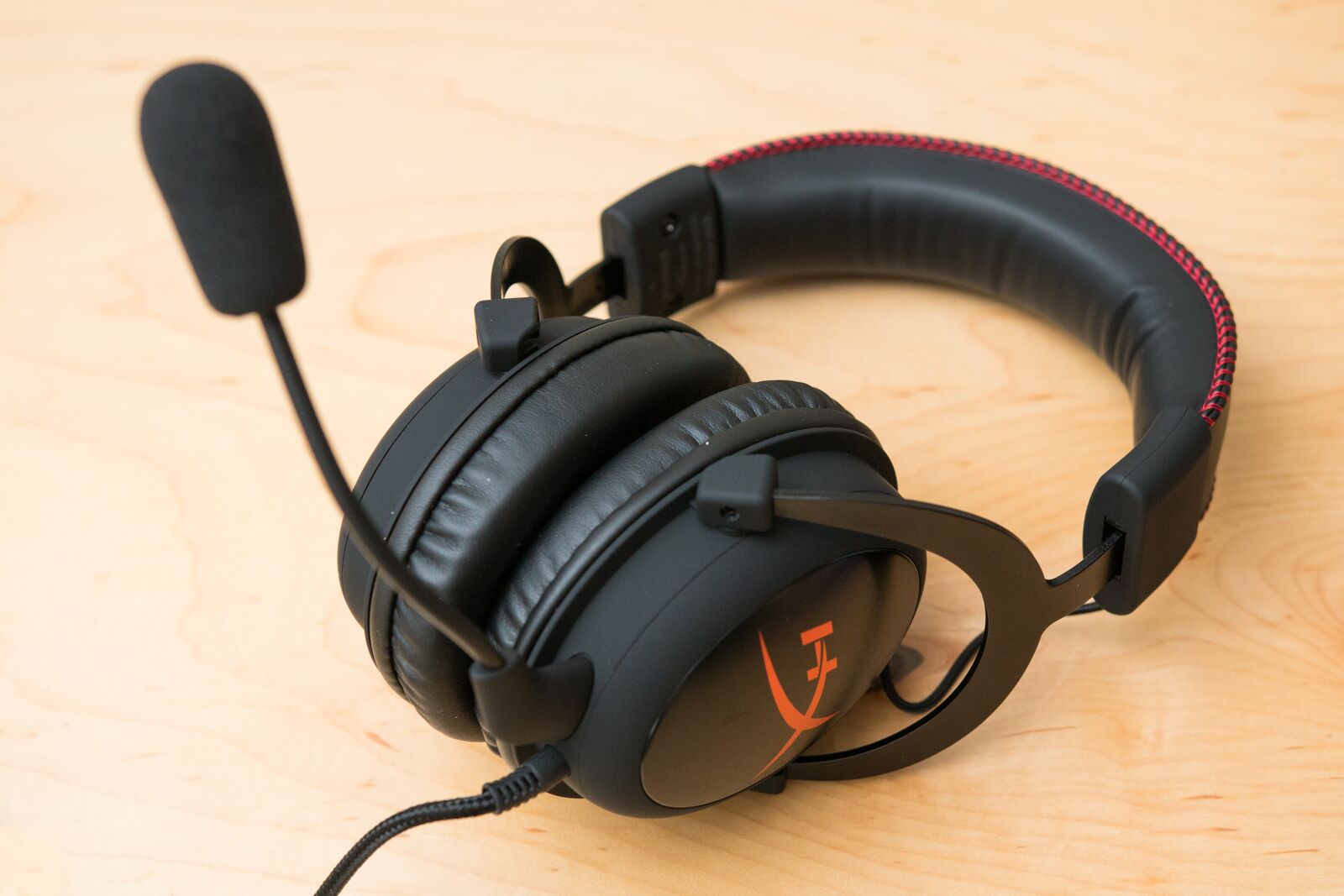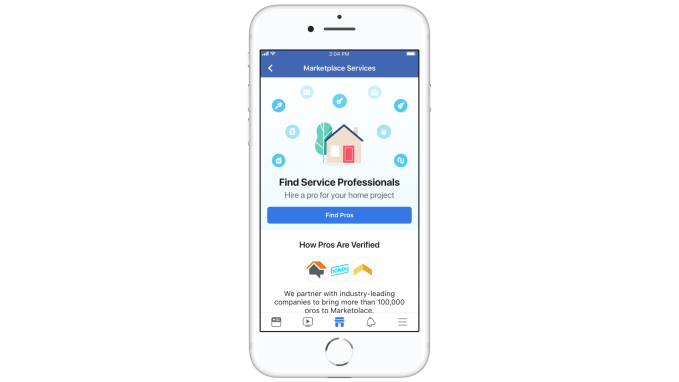Editor’s note: This post was done in partnership with Wirecutter. When readers choose to buy Wirecutter’s independently chosen editorial picks, Wirecutter and TechCrunch earn affiliate commissions.
 New and serious gamers know that it takes a significant amount of time sharpen skills, and to strategize ways to capture high scores. Staying ahead of player 2 is easier when you have the right gaming peripherals.
New and serious gamers know that it takes a significant amount of time sharpen skills, and to strategize ways to capture high scores. Staying ahead of player 2 is easier when you have the right gaming peripherals.
A monitor with a crisp display, a responsive gaming mouse, a comfortable headset—or all of these items combined—are what you need to take your PC gaming experience to the next level. We can’t promise that new equipment will keep you at the top of the board, but the best gear with accommodating features is essential to a great setup, and to helping you try.
G-Sync Monitor: Asus ROG Swift PG279Q
For the best option to pair with a Nvidia graphics card, we recommend the Asus ROG Swift PG279Q (Amazon) G-Sync gaming monitor. At 27 inches it’s big enough to give off an immersive feeling, but not so big that visuals seem overwhelming. It only works over displayport and has two connection options (HDMI 1.4 and DisplayPort 1.2a). You’ll still be able to plug in peripherals like a keyboard or phone via its built-in USB 3.0 port. We tested it with a variety of games and it performed well with them all. This monitor’s luminance range is also pretty wide so it’ll display images nicely if placed in dim or bright areas.

Photo: Rozette Rago
FreeSync monitor: Asus MG279Q
The Asus MG279Q (Amazon), our top FreeSync monitor pick, is best for those who use an AMD graphics card. A gaming console and computer work well with this 27-inch monitor as it’s packed with connection options (one Mini DisplayPort 1.2 connection, two HDMI 1.4 connections and one DisplayPort 1.2).
We like its adjustability and that you can detach it completely from its stand. It can be mounted on a monitor arm to better accommodate different setups. Though it supports FreeSync between 35 Hz and 90 Hz, it has 1440p resolution and a standard refresh rate of 144 Hz for clear, high-quality visuals.

Photo: Rozette Rago
Headset: Kingston HyperX Cloud
The excitement that comes along with gaming is largely attached to being able to clearly hear the action. A gaming headset that can offer all-day comfort, a high-quality microphone and full sound is a headset you want to go with.
Our top pick, the Kingston HyperX Cloud (Amazon), offers all of these features and after about 30 months of testing, it’s held up well. It’ll still look as good as new after being tossed around, but more importantly, its headband and ear cups don’t feel heavy or constricting. You’ll be able to play online with teammates without hearing an overlap between headset and microphone audio. It’s also a decent headset for watching movies and listening to music.

Photo: Michael Hession
Mouse: Razer DeathAdder Elite
The Razer DeathAdder Elite, our top gaming mouse pick, has a design that’s ideal for hands of all sizes. We like that it has textured grip, and that you’re able to get comfortable with preferred settings using its customizable buttons and scroll wheel. It isn’t clunky and you won’t press the wrong buttons, as they’re intuitive and well-placed.
Aside from its RGB lights that change color, it doesn’t look much different from a mouse you’d find at a work desk. It comes with Razer’s Synapse software (which works on Mac and Windows), and it has an accurate, exclusive Pixart PMW3389 sensor that tracks without issue.

Photo: Kyle Fitzgerald
Keyboard: Razer BlackWidow Tournament Edition Chroma V2
Though we like the multicolored backlighting on the Razer BlackWidow Tournament Edition Chroma V2 (Amazon), there’s more than a few reasons why this compact mechanical keyboard is our top recommendation. Its removable palm rest makes getting comfortable in different positions easier and it comes with a durable protective case.
Its learning curve isn’t as steep as competitors, so if the Chroma V2 is your first gaming keyboard it won’t be long before you get into the swing of things. You can set macros to specific keys and applications and use a variety of switch options. Like the Razer DeathAdder Elite gaming mouse, it uses Synapse software.

Photo: Kyle Fitzgerald
PC gaming controller: DualShock 4 Wireless Controller
Gamers who prefer playing on consoles will enjoy using a PC gaming controller with a computer. The DualShock 4 Wireless Controller (which comes with the PlayStation 4) is our top pick, because it’s the most capable PC controller, as well as a few extra features: The touchpad can be used like a mouse cursor and it has an internal rechargeable battery. It connects over Bluetooth or USB and is best used with a separate gaming headset, as its audio jack doesn’t function properly with PCs.
The controller works great with Steam, though in order to get it working with MacOS or non-Steam Windows games, you’ll have to adjust some settings. We think it’s worth the effort for a responsive controller that’s comfortable to hold for long periods of time.

Photo: Andrew Cunningham
This guide may have been updated by Wirecutter.
Note from Wirecutter: When readers choose to buy our independently chosen editorial picks, we may earn affiliate commissions that support our work.





